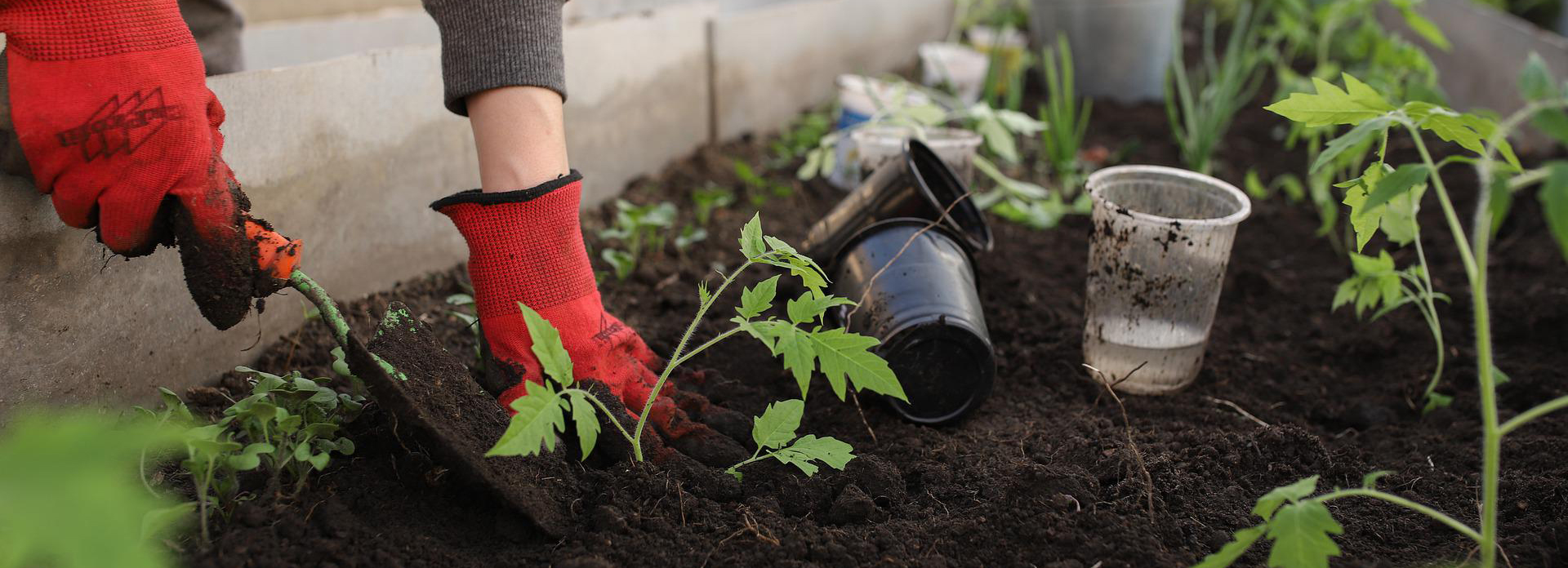whatever’s bugging you.
No male service.
There are no male Surinam cockroaches in North America. Surinam cockroaches are always female and only produce female offspring. We know what you’re thinking, “what about the birds and the bees…” Classified as a parthenogenetic species, Surinam cockroaches do not need male participation in order to reproduce. Female offspring are clones of the parent. And that means it only takes one Surinam cockroach to turn into a serious infestation.
Surinam cockroaches (Pycnoscelus surinamensis) have been found throughout the United States and into Canada, but they are more commonly found in Virginia and along the southeast gulf coast. Surinam cockroaches are sensitive to cold temperatures and can only survive indoors in northern regions. In our area, Surinam roaches are almost exclusively found burrowing in the soil of indoor plants decorating shopping malls, restaurants, offices buildings, greenhouses, and other buildings in which indoor plants are common.
Adam’s Gets Rid of Surinam Cockroaches Fast!
Fast, Local Response
Competitive Pricing
Friendly Service
Licensed Professionals
100% Satisfaction
Surinam Cockroach Treatment Options
One-time Roach Control
Adam’s licensed, Pest Management Professional (PMP) will use the most effective treatment protocol to exterminate roaches in your home, including the use of baits, insect growth regulators, and when needed, an EPA-approved residual insecticide applied directly into cracks and crevices where the roaches harbor. Your Adam’s PMP will also conduct a thorough inspection to locate the source of the roach infestation. Your assistance is necessary to eliminate roaches. Adam’s will provide instructions to prepare for the treatment that includes cleaning and sanitation to eliminate harborage and food sources. Adams one-time roach service is warranted for 3 months.
Premier Home Pest Prevention
Adam’s best value for prevention and control of common household pests, including cockroaches! Adam’s Premier Home Pest Prevention service provides year-round pest prevention of pests with a minimum of four visits throughout the year. Service visits include inspection and monitoring. And should a pest problem ever occur between scheduled visits, the plan includes additional treatments at no additional charge. This program includes common household pests like spiders, centipedes, sow bugs, and roaches; and seasonal pests like wasps, multicolored Asian lady beetles, ants, and mice.
More about Surinam cockroaches:
HOW DO I KNOW IF I HAVE SURINAM COCKROACHES?
Damaged plants and seeing the Surinam cockroach are the primary indications of an infestation.
WHERE SHOULD I LOOK FOR SURINAM COCKROACHES?
- In our area, you are more likely to find Surinam cockroaches hiding in potted plants imported from southern states like Florida.
- Surinam cockroaches will burrow three to four inches down into the soil.
- In more temperate regions, Surinam cockroaches live in moist, dark places, such as mulch, piles of leaves, stacks of firewood, and under stones.
WHAT DO SURINAM COCKROACHES LOOK LIKE?
- An adult Surinam cockroach is ¾” – 1”in length.
- Surinam cockroaches have dark brown or black bodies with shiny olive-green or dark brown wings that give the insects a distinctive two-tone look.
ARE SURINAM COCKROACHES DANGEROUS?
- Surinam cockroaches can cause severe damage to expensive tropical plants in atriums and houses.
- They are not known to bite or harm humans.
HOW DID SURINAM COCKROACHES GET INSIDE MY HOME?
Most likely, Surinam cockroaches got into your home hiding in potted plants, soil and mulch, and similar items imported from southern habitats.
HOW CAN I PREVENT SURINAM COCKROACHES FROM INFESTING MY HOME OR BUSINESS?
- Inspect plants and soil before bringing them into your home or business.
WHAT DO SURINAM COCKROACHES EAT?
Unlike other cockroach species that invade homes looking for moisture and food, Surinam cockroaches prefer to eat plants, often feeding on the stems of plants rooted in the planter in which it lives.
WHAT IS THE LIFECYCLE OF SURINAM COCKROACHES?
- Surinam cockroaches develop by metamorphosis—ootheca, nymph (or instar), and adult.
- Females Surinam cockroaches reproduce by way of parthenogenesis or asexual reproduction without male fertilization.
- The female carries the egg cases, or oothecae, internally until hatching.
- Nymphs look like smaller versions of the adult Surinam cockroach but lack fully developed wings.
- Nymphs will molt 10 to 13 times in about a year.
- The average adult female Surinam cockroach lives for up to seven months and produces three egg cases in a lifetime.

